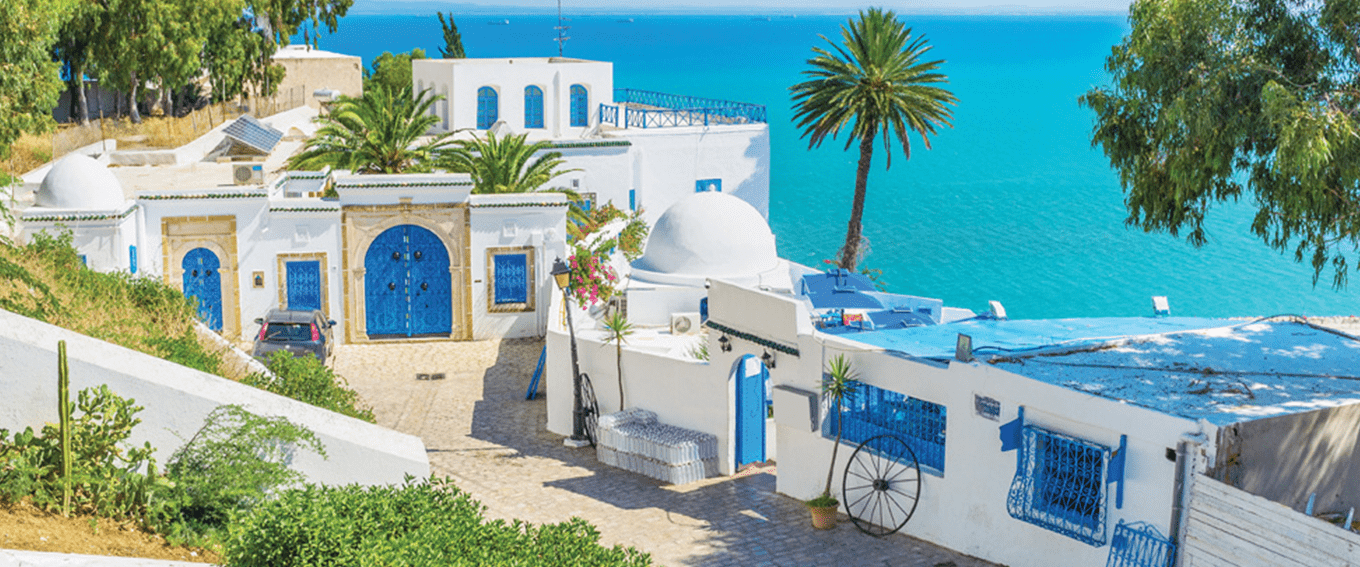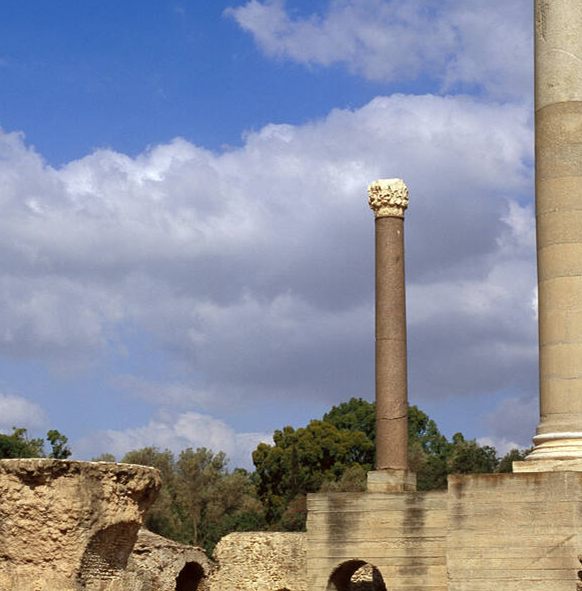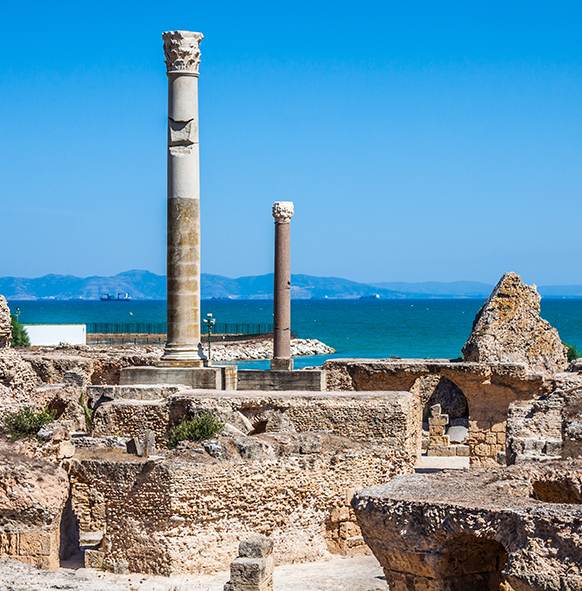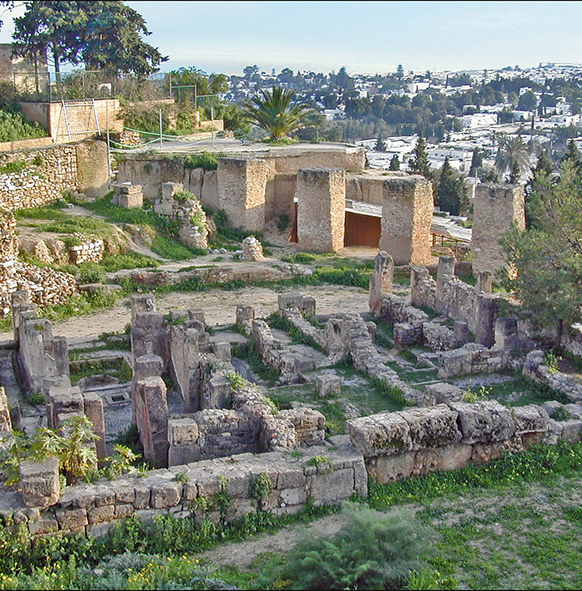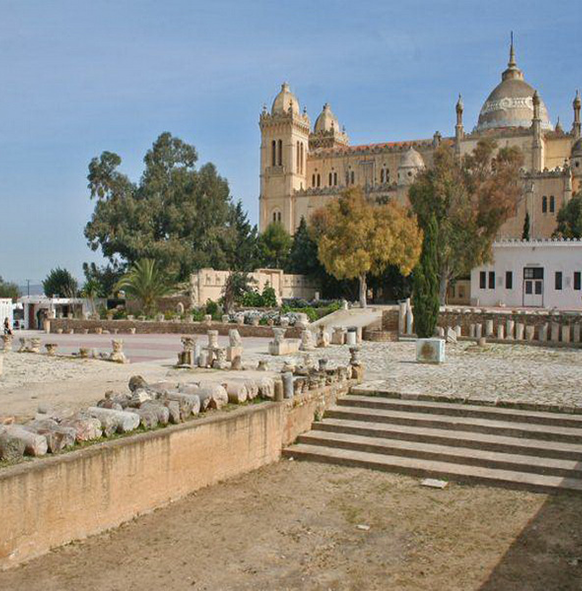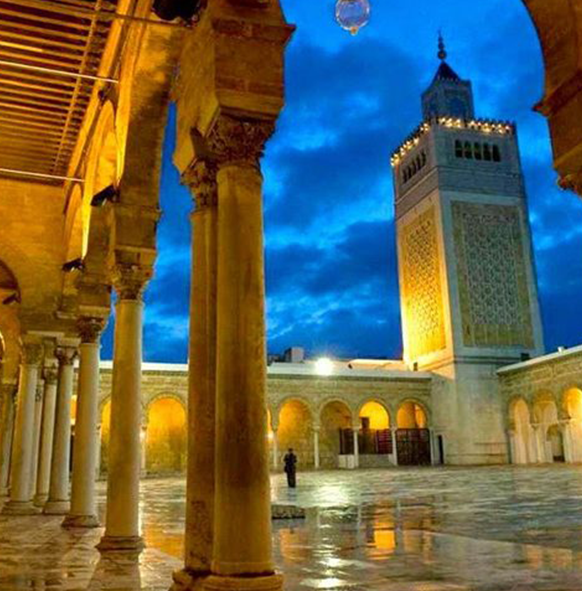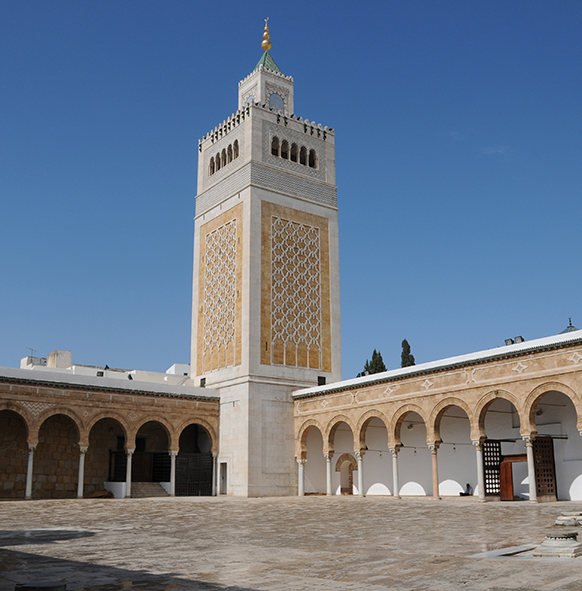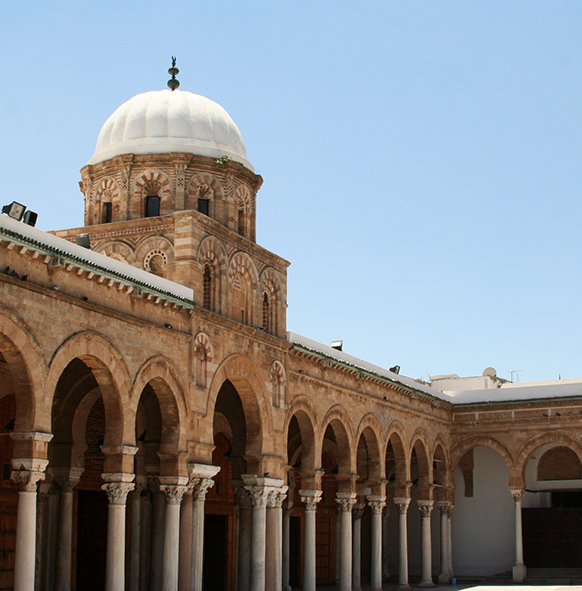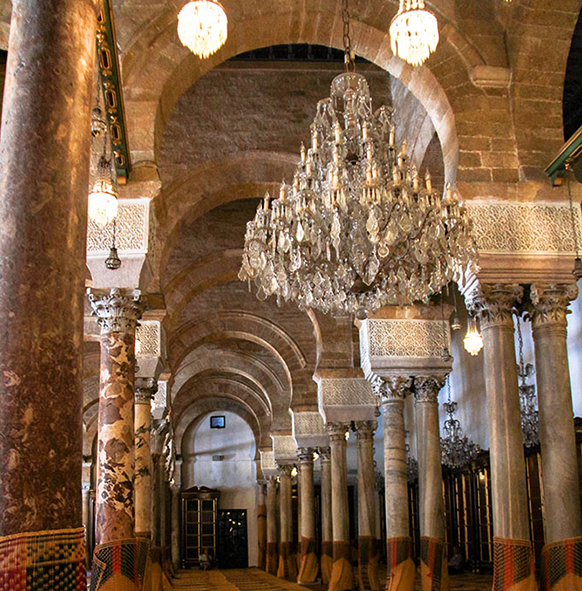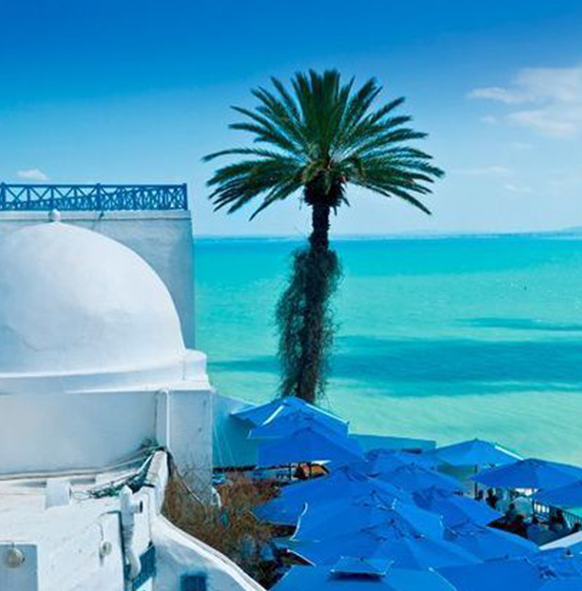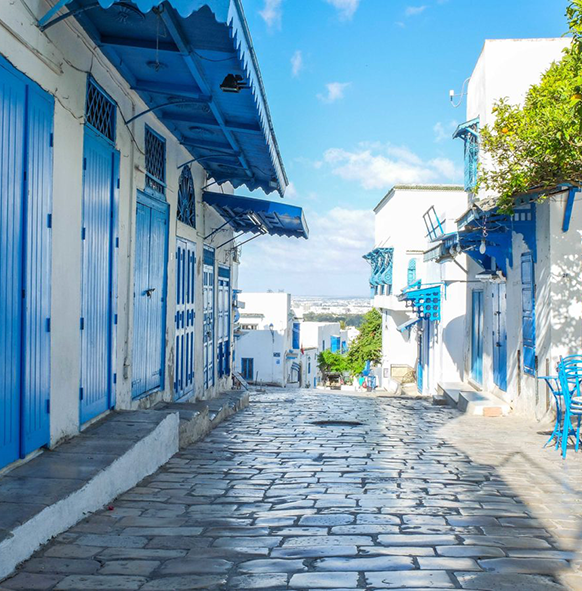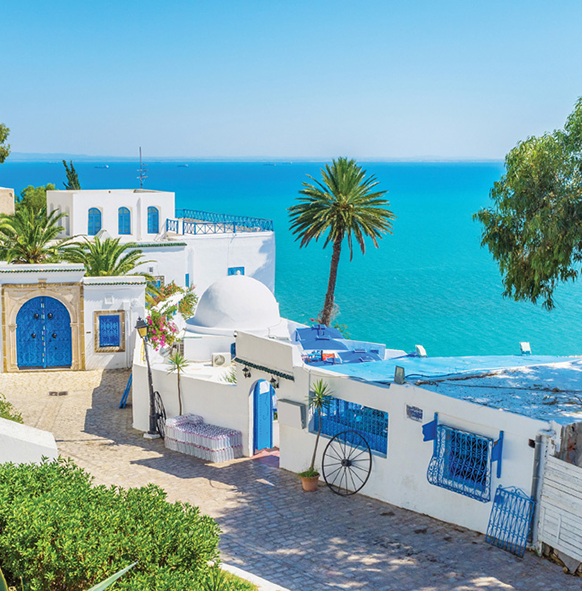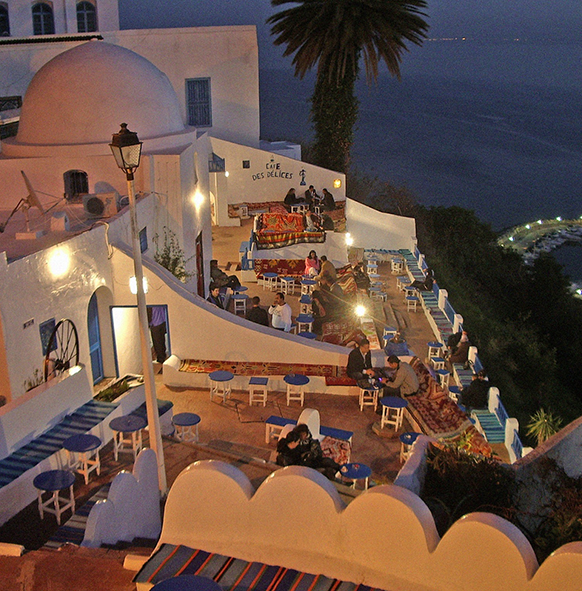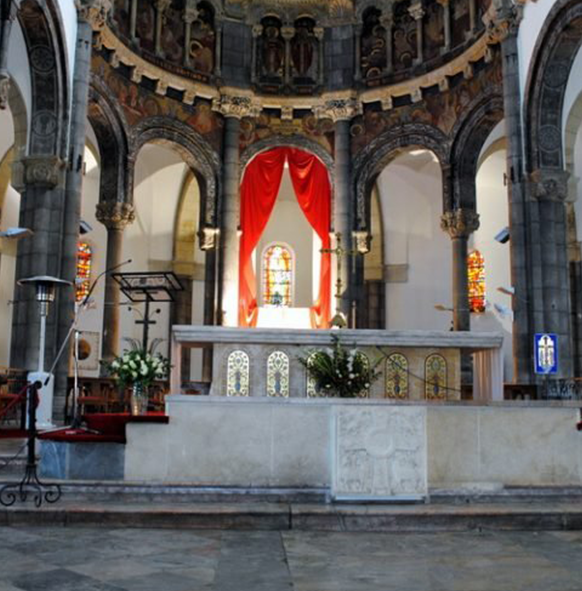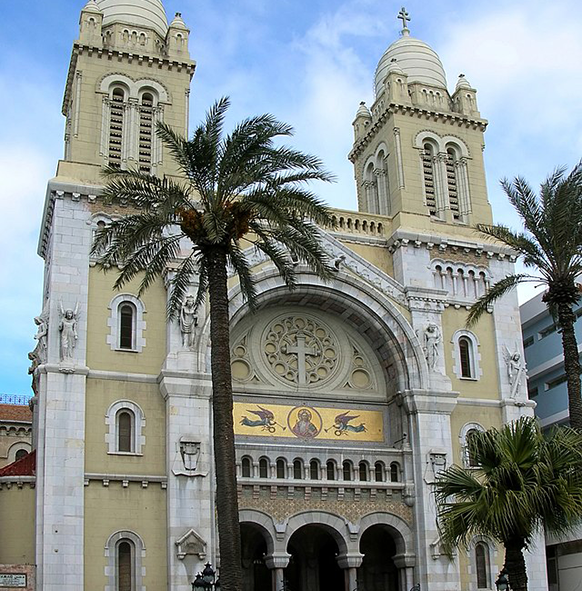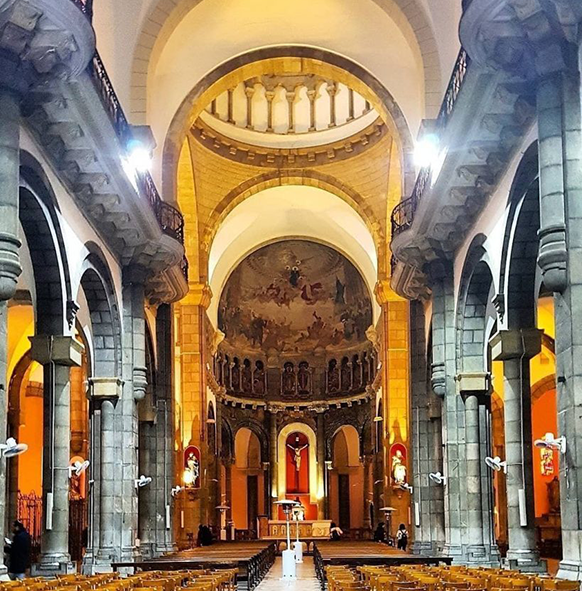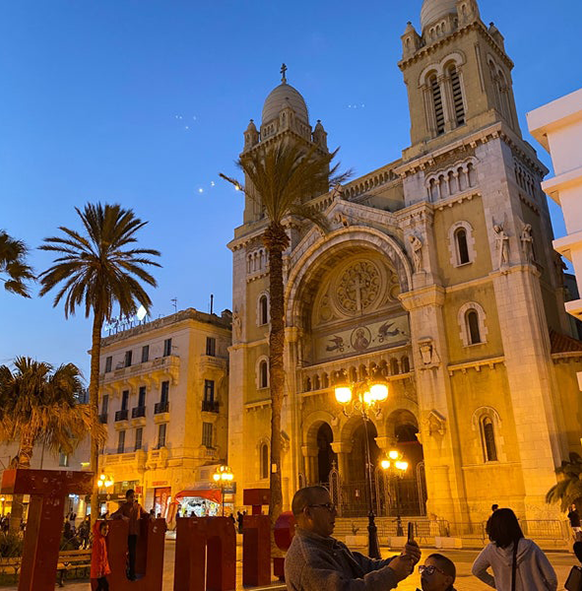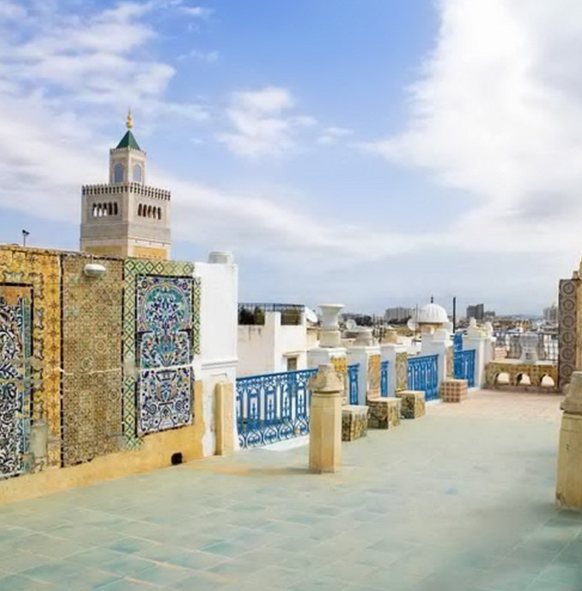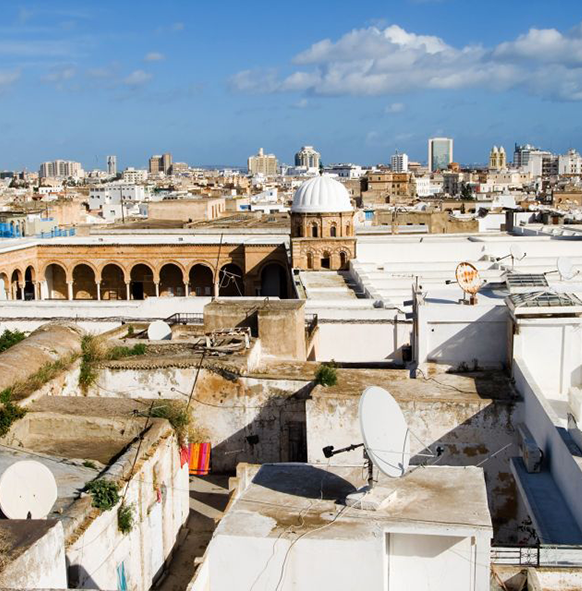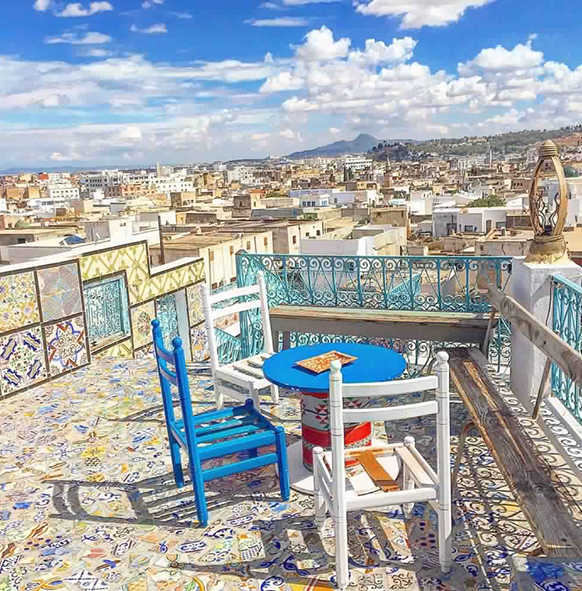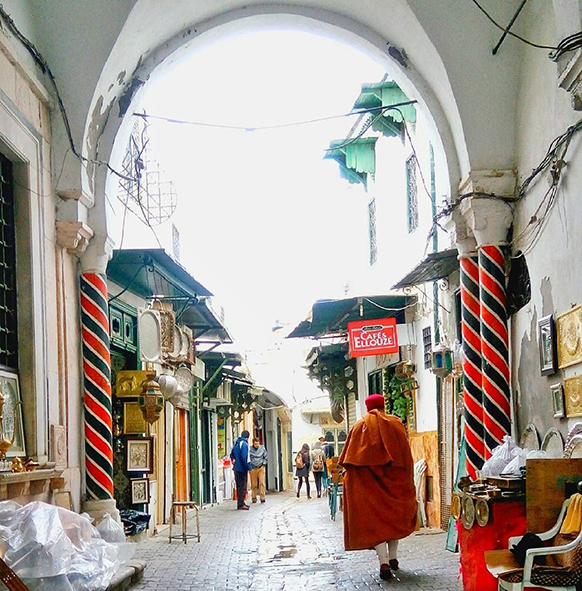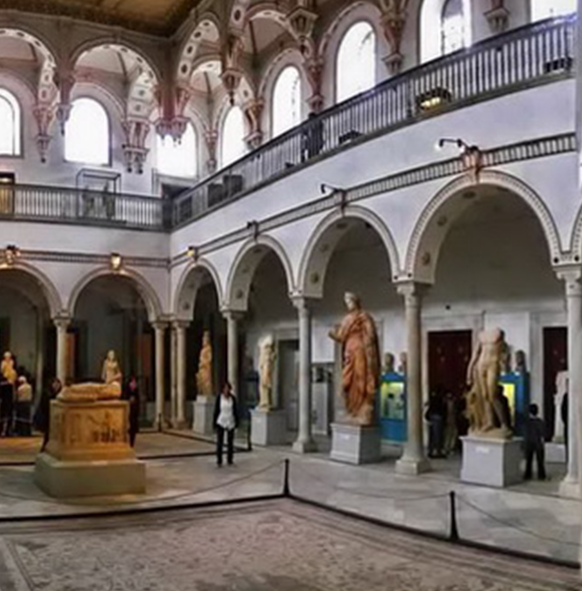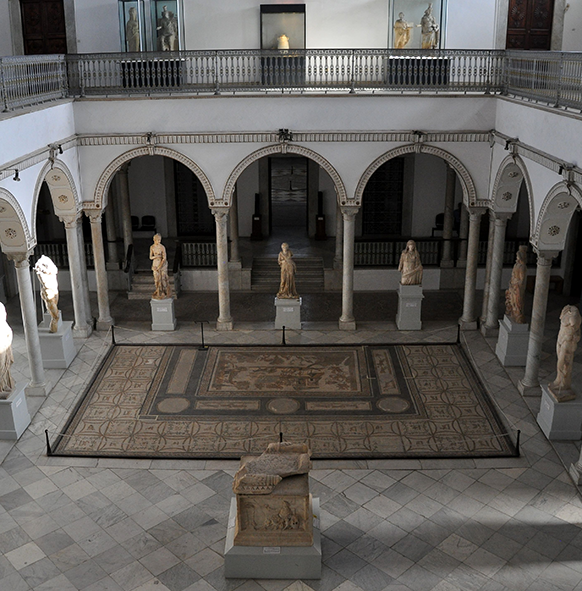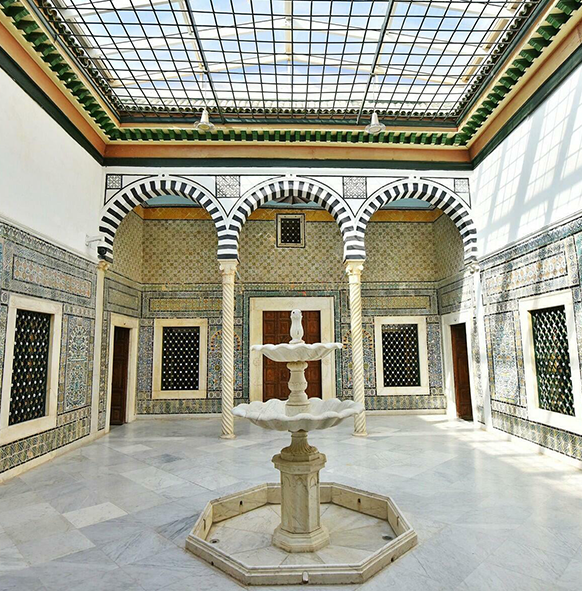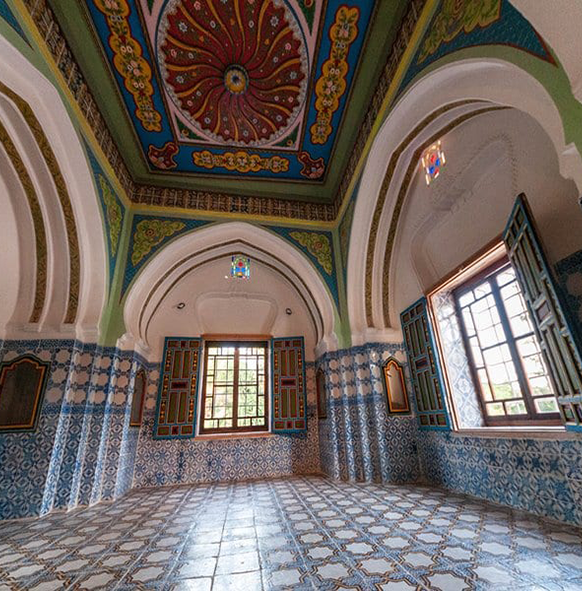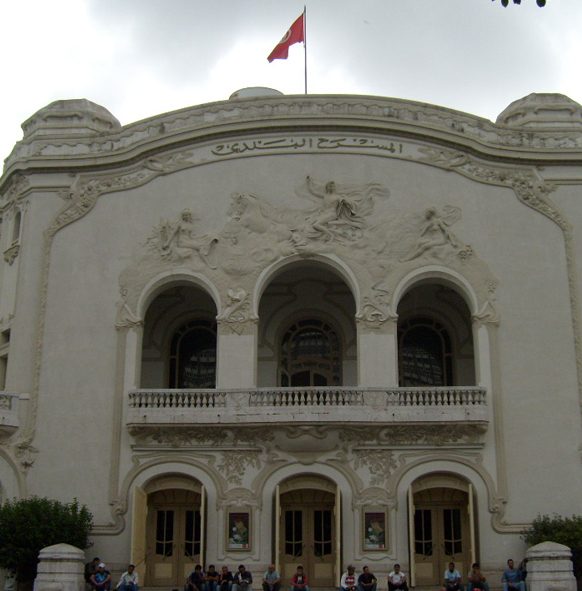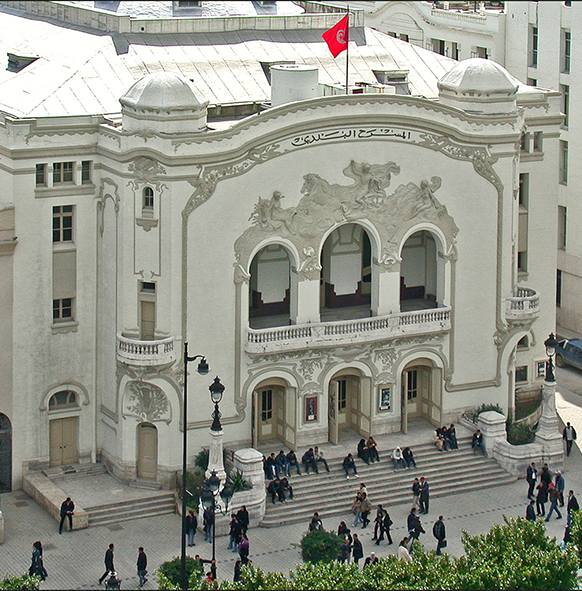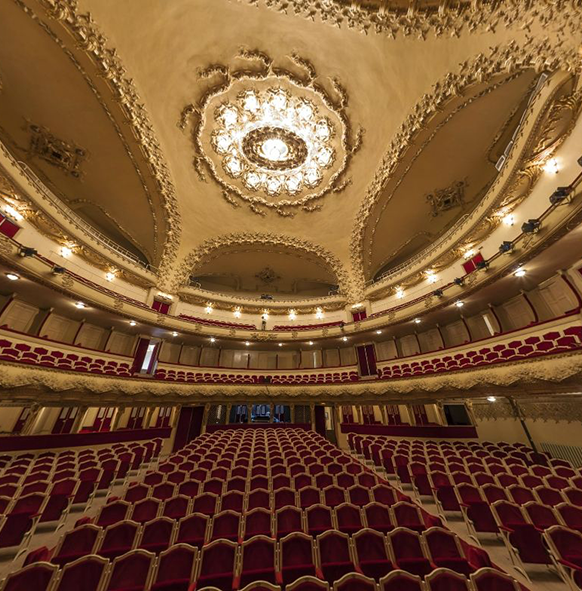Visit Tunisia
The archaeological site of Carthage
Of Phoenician foundation, Carthage is an extensive archaeological site located on a hill overlooking the Gulf of Tunis and the surrounding plain. Metropolis of the Punic civilization in Africa and capital of the province of Africa in Roman times, Carthage played a leading role in antiquity as a great merchant empire.
Its soil contains vestiges that bear witness to more than two thousand years of history, the oldest of which date back to the beginning of the 8th century BC. During the long Punic wars, Carthage occupied territories that belonged to Rome, which destroyed its rival in 146 AD The city will be rebuilt by the Romans on the ruins of the ancient city.
The Zitouna Mosque
The Zitouna Mosque, or Mosque of the Olive Tree, the second largest mosque in Tunisia after the Great Mosque of Kairouan, is located in the heart of the Medina of Tunis
The Great Mosque occupies the heart of the city from which radiate the main arteries to lead to the famous gates of the Medina.
The Zitouna mosque takes up the typology of the mosques of Cordoba and Kairouan with its trapezoidal courtyard framed by a 10th century gallery.
The gallery serving as the narthex rests on ancient columns and capitals, the other three galleries resting on columns with white marble capitals imported from Italy in the middle of the 19th century3. In the middle of the courtyard is a sundial that helped set the times for prayers.
Sidi Bou Said
It is a village in Tunisia located about twenty kilometers northeast of Tunis. Perched on a cliff overlooking Carthage and the Gulf of Tunis, it rises 130 meters from sea level and bears the name of a saint: Sidi Bou Saïd.
The village received the name of Sidi Bou Saïd when it became the seat of a municipality in 18939. On August 28, 1915, a decree was issued to ensure the protection of the village, imposing the blue of Sidi Bou Saïd10 and the white so dear to Baron d’Erlanger, and prohibiting any anarchic construction on the promontory11.5, making Sidi Bou Saïd the first listed site in the world.
Saint Vincent de Paul Cathedral in Tunis
Saint-Vincent-de-Paul Cathedral of Tunis, officially called Saint-Vincent-de-Paul and Sainte-Olive Cathedral or simply Tunis Cathedral, is the Catholic rite cathedral of the city of Tunis.
Built between 1893 and 1897, it bears the name of Saint Vincent de Paul, the famous founder of the Lazarists and the Daughters of Charity and who was captured as a young priest and then sold as a slave in Tunis at the very beginning of the 17th century. . The cathedral is also placed under the patronage of Saint Olive of Palermo, a martyr who died in Tunis in the 5th century.
The Medina of Tunis
The medina of Tunis is a Tunisian medina, the historic heart of Tunis, listed since 1979 as a UNESCO World Heritage Site.
Founded in 698 around the initial nucleus of the Zitouna mosque, it developed its urban fabric throughout the Middle Ages, to the north and to the south, thus dividing into a main medina and two suburbs to the north (Bab Souika) and to the south (Bab El Jazira).
Having become the capital of a powerful kingdom during the Hafsid era, a religious and intellectual center and a major economic center open to the Near East, the Maghreb, Africa and Europe, it has many monuments where styles mingle from Ifriqiya with Andalusian and Eastern influences but which also borrow some of their columns or their capitals from Roman or Byzantine monuments.
Bardo National Museum
The Bardo National Museum is a museum in Tunis, capital of Tunisia, located in the suburb of Bardo.
It is one of the most important museums in the Mediterranean basin and the second largest museum on the African continent after the Egyptian Museum in Cairo in terms of the wealth of its collections1. It traces the history of Tunisia over several millennia and through several civilizations through a wide variety of archaeological pieces.
Housed in a former beylical palace since 1888, it offers a prestigious and magnificent setting for the exhibition of many major works discovered since the beginning of archaeological research in the country.
The museum brings together one of the most beautiful and largest collections of Roman mosaics in the world thanks to excavations undertaken from the beginning of the 20th century on the various archaeological sites of the country including Carthage, Hadrumète, Dougga or Utique. Some of the exhibited works have no equivalent, such as the “so-called Virgil” mosaic. More generally, the Bardo mosaics represent a unique source for research on daily life in Roman Africa. From Roman times, the museum also contains a rich collection of marble statues representing Roman deities and emperors found on various sites, notably those of Carthage and Thuburbo Majus.
The Municipal Theatre of Tunis
It is the principal theater of Tunis and the most famous of the theaters of modern Tunisia.
Built in the Art Nouveau style on avenue Jules-Ferry (current avenue Habib-Bourguiba), it was inaugurated on November 20, 1902. It was then called Casino municipal de Tunis.
The first version of the theatre, whose capacity did not exceed 856 seats, was demolished in 1909. The theater was transformed and extended to accommodate 1,350 seats on four levels (orchestra, balcony, mezzanine and gallery). The new hall, of which only the exterior facade was left intact, was inaugurated again on January 4, 19114. A total renovation of the theater was carried out in 2001 in view of its centenary.

